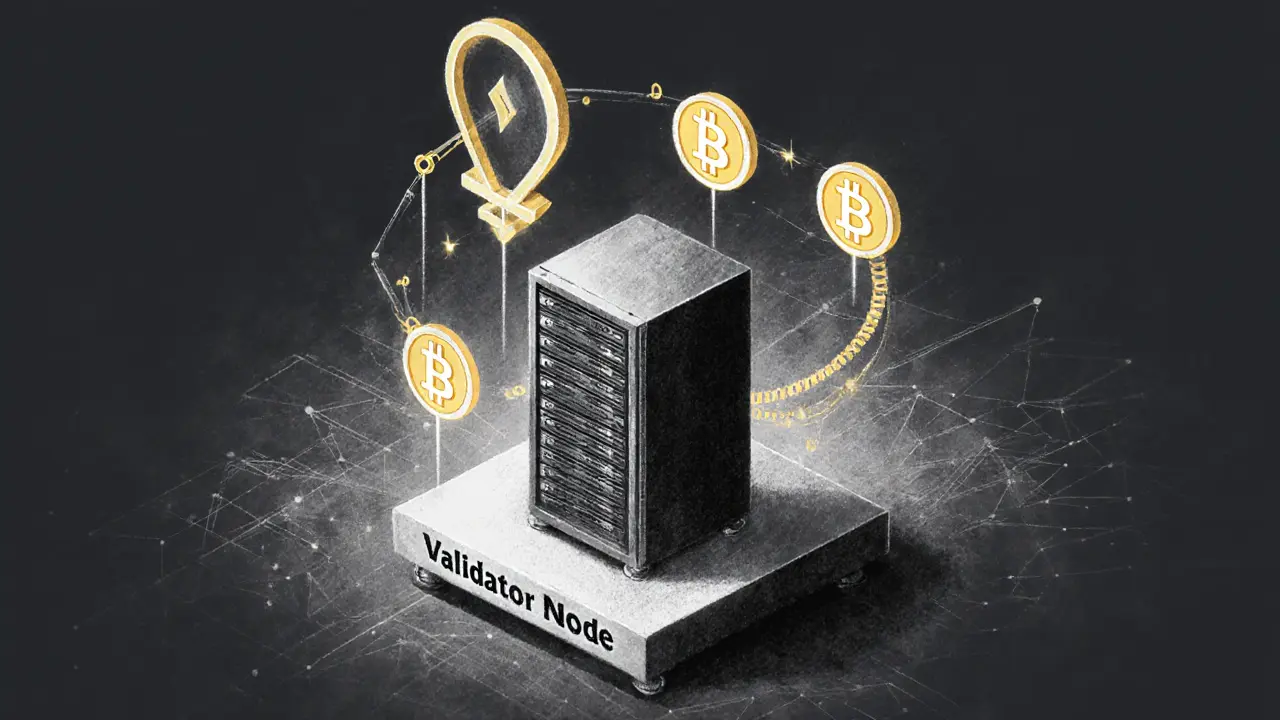Explore how validator rewards, commissions, slashing, and staking pools shape PoS blockchain economics and what it means for investors in 2025.
Blockchain Incentives: What They Are and Why They Matter
When working with blockchain incentives, mechanisms that reward participants for supporting a network, such as token distributions or yield programs, you quickly see that they aren’t one‑size‑fits‑all. blockchain incentives span everything from surprise airdrop, free token giveaways that target eligible wallets to bootstrap a community to ongoing staking rewards, interest paid for locking up tokens and securing the protocol. They also include liquidity mining, programs that reward users for providing assets to decentralized pools, helping the market stay liquid. In short, blockchain incentives encompass airdrops, staking rewards, liquidity mining, and even governance tokens that give holders a say in future upgrades.
How the Main Incentive Types Work
Each incentive type has its own set of attributes that shape how users interact with a project. An airdrop’s key attributes are eligibility criteria (often based on past transaction history), distribution schedule, and token utility—think of the 1MillionNFTs or ByteNext airdrops that required users to hold specific NFTs or meet on‑chain activity thresholds. Staking rewards focus on lock‑up periods, annual percentage yields (APY), and the security role the staked token plays; for example, many DeFi protocols let you earn 5‑15% on assets while they validate blocks or provide collateral. Liquidity mining adds another layer: it measures the amount of liquidity supplied, the reward token’s inflation rate, and the impact on token price, as seen in platforms like Uniswap v4 or WEMIX.Fi where providers earn both the native token and fee shares. Governance tokens tie these incentives together by granting voting power, influencing future tokenomics, and often offering extra reward boosts for active participants. Together these components create a feedback loop—higher rewards attract more users, which improves network security and market depth, which in turn can increase token value.
Below you’ll find a curated list of articles that dive into real‑world examples of these incentives—recent airdrop guides, staking program analyses, liquidity mining reviews, and deeper looks at governance token mechanics. Whether you’re hunting the next hot airdrop, comparing staking yields, or figuring out how to maximize returns from liquidity pools, the posts ahead break down the math, the risks, and the step‑by‑step actions you need to get the most out of blockchain incentives.

